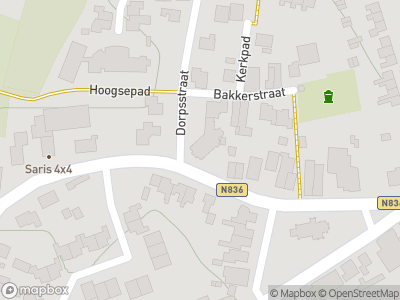Valburg arose around the beginning of the Christian era on an old protruding river dune. Multiple floods deposited fertile silt around the dune, and this became the basis of the traditional fruit growing in the Betuwe region.
Church
Valburg is mentioned as early as 793, in the Carolingian era, when it was known as Falburc Marca. The church can therefore boast a venerable age. The base of the tower consists of large tufa stone blocks from the 11th century. The middle part of the church was built after the 13th century and the Gothic choir dates from the 15th century. The choir is remarkable for its imposing Gothic vault, high windows, supports and various additions.
Murals
During two renovations in the 19th and 20th centuries, colourful murals dating from the Middle Ages were discovered. On one of them, Saint Martin is shown sharing his cloak with a beggar. Another illustration shows the temptation of Jesus by the devil. On both occasions, the walls were immediately whitewashed following the discovery. In the nineteen-seventies of the previous decade, further fragments of murals were found during restorations. They date from between the 14th and 16th centuries and contain images of the crucifixion of Jesus, the apostles and several saints. Fortunately, these images were spared.
Saint James the Greater
It is no longer certain to whom the church was dedicated, but it may have been Saint James the Greater. The nearby church built at the start of the 19th century at any rate took the name over. James was one of the three most important disciples of Jesus, together with his brothers John and Peter. He is always depicted with a shell and a pilgrim’s staff. According to legend, James is buried in the place of pilgrimage, Santiago de Compostella. Saint James is also appealed to for good weather and for a good harvest of crops and apples. The latter is of course very apt in Valburg.

















